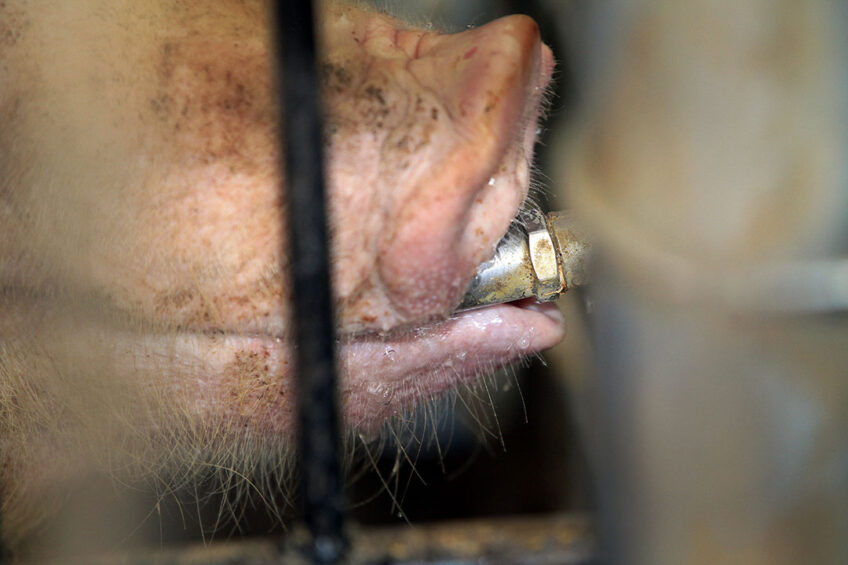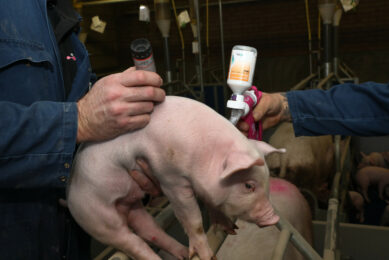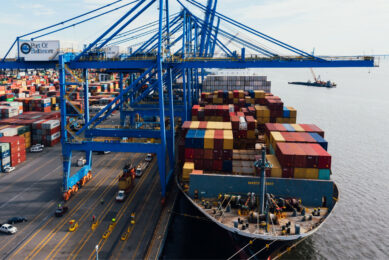Russian pork export bounces back

The Russian pig industry largely regained its share of the global pork export in the second half of 2022 after a slump in sales at the beginning of the year, Yuri Kovalev, chairman of the Russian Union of pork producers, told the Russian publication Agroinvestor.
The first half of 2022 was a turbulent period for Russian pork export, Kovalev said. He referred primarily to the Western sanctions. These have not been aimed at the pig industry directly, but hindered supplies nonetheless.
We expected that by the year’s end, we would come to substantial losses
Deliveries picking up
In the first 6 months of 2022, Russian pork export lagged behind 2021 by nearly 25%, Kovalev said. “We expected that by the year’s end, we would come to substantial losses.”
However, those fears have not materialised. In the second half of 2022, the deliveries picked up again and started catching up with 2021. Kovalev estimated that Russia exported 175,000 to 180,000 tonnes of pork. This was only slightly lower compared to the 190,000 tonnes Russian pig companies sold to foreign customers in 2021.
“This gives us hope that our achievements in terms of new logistics routes, and payment schemes will allow us to hit the level of 200,000 tonnes of pork exported in 2023. We cannot hope for sharp export growth without opening the Chinese market. In many countries importing Russian pork, Russia already has a strong presence.”
Higher consumption drives production growth
The Russian industrial pork production jumped by 7.8% or 313,000 tonnes In January-October 2022, compared to 2021, Kovalev said. He added that this growth was largely due to a spike in domestic consumption. This climbed in January-September by the same 7.8%, reaching 3.1 million tonnes.
The key factors supporting consumption throughout the year were social payments from the government to the Russian population, which they largely spent on food. A drop in wholesale and retail pork prices also contributed to the rise in demand, especially since the gap between poultry and pork prices narrowed to the historical minimum, according to Kovalev.
On the other hand, Kovalev said, rather low feedstuff prices helped Russian pig farmers to endure the low farmgate prices period. He also added that he anticipates the average profitability in the industry, which was under pressure last year, to remain stable during 2023.
In the next 3 years, the top-20 Russian largest pork producers will likely boost output by 1 million tonnes of pork. In other segments of the Russian pig industry, production will drop by 230,000 tonnes, partly due to “veterinary problems,” Kovalev forecasted.











